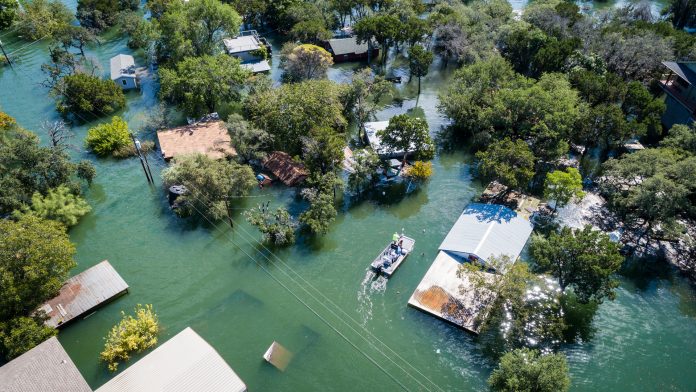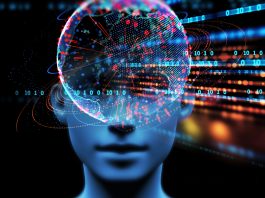A research team at the Tohoku University has developed an Artificial Intelligence method that uses news media images to accurately detect flooded buildings within 24 hours of a disaster.
The development of Artificial Intelligence (AI) has sped up the process of identifying flooded buildings immediately after a large-scale flood, enabling emergency personnel to direct their efforts most effectively.
The group’s research was published in the journal Remote Sensing.
“Our model demonstrates how the rapid reporting of news media can speed up and increase the accuracy of damage mapping activities, accelerating disaster relief and response decisions, explained Shunichi Koshimura of Tohoku University’s International Research Institute of Disaster Science and co-author of the study.
Machine learning (ML) and deep learning algorithms are designed to categorise objects through image analysis. For AI and ML to be most efficient, data is needed to train the model – flood data in the current case.
Although flood data can be collected from previous disasters, it inevitably leads to difficulties on account of every disaster being unique and subject to the local characteristics of the flooded area. Therefore, onsite information is more reliable.
The researchers realised that the information recorded by news and media teams could be utilised in AI algorithms. They applied their technique to Mabi-cho, Kurashiki city in Okayama Prefecture, which was affected by the heavy rains across western Japan in 2018.
First, the team identified media images and geolocated them based on landmarks and other clues appearing in the photo. Next, they used synthetic aperture radar (SAR) PALSAR-2 images provided by JAXA to distinguish between flooded and non-flooded conditions of unknown areas.
The SAR images can be utilised to categorise water bodies as microwaves irradiate differently on wet and dry surfaces. A support vector machine (SVM), one of the machine learning techniques, was used to classify buildings surrounded by floodwaters or within non-flooded areas.
“The performance of our model resulted in an 80% estimation accuracy,” added Koshimura.
Going forward, the team will investigate the applicability of news media databases from past events as training datasets for developing AI Models at present situations to increase the accuracy and speed of classification.









